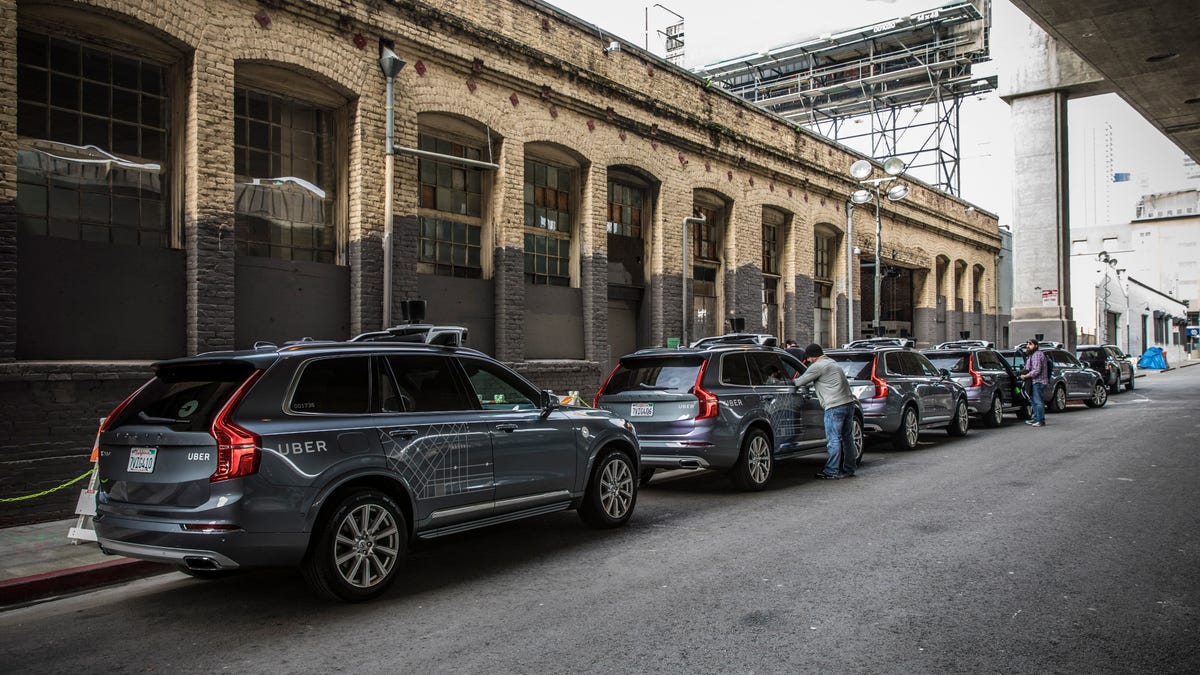Carmera's human-driven sensors could pave the way for self-driving cars
The mapping startup wants to provide up-to-date maps that can flag obstacles to autonomous cars.

An obvious setback for self-driving cars is the lack of eyeballs for noticing things like road construction or pedestrians.
That's why startup Carmera wants to create up-to-date maps that can warn self-driving cars about obstacles that other platforms like Google Maps or Apple Maps might miss.
The company on Thursday announced a partnership with the City of New York, in which Carmera will share data with the city's Department of Transportation on things like historical pedestrian analytics and real-time construction detection. The company said it's exploring how the city can in turn provide it with access to key data to improve the accuracy of street inventories. Carmera also said Thursday that it's raised $20 million in Series B funding led by GV (formerly Google Ventures).
The startup's main product is its Autonomous Map, which provides high-definition maps and navigation information to self-driving cars in real-time. Carmera partnered with autonomous car firm Voyage in January to power self-driving taxis.
Carmera actually gets this mapping information from cars fitted with cameras and driven by humans. These cars collect data and then share it with the autonomous map.
The company's new real-time event and change management engine can pinpoint events that could affect your ETA, and make note of things like construction and police activity. The engine is being deployed in places like New York, San Francisco, Seoul and Tokyo.
While other mapping products can flag things like lane closures and then leave it up to drivers to decide what to do, that option is no longer viable when a car is driving itself, Carmera co-founder and CEO Ro Gupta explained to TechCrunch.
"What they need to know is how do I path plan around it?" he told the publication.
It takes Carmera's map milliseconds to detect a change, seconds to classify it and minutes to fully validate and redraw the base map.
CNET Magazine: Check out a sample of the stories in CNET's newsstand edition.
'Hello, humans': Google's Duplex could make Assistant the most lifelike AI yet.

